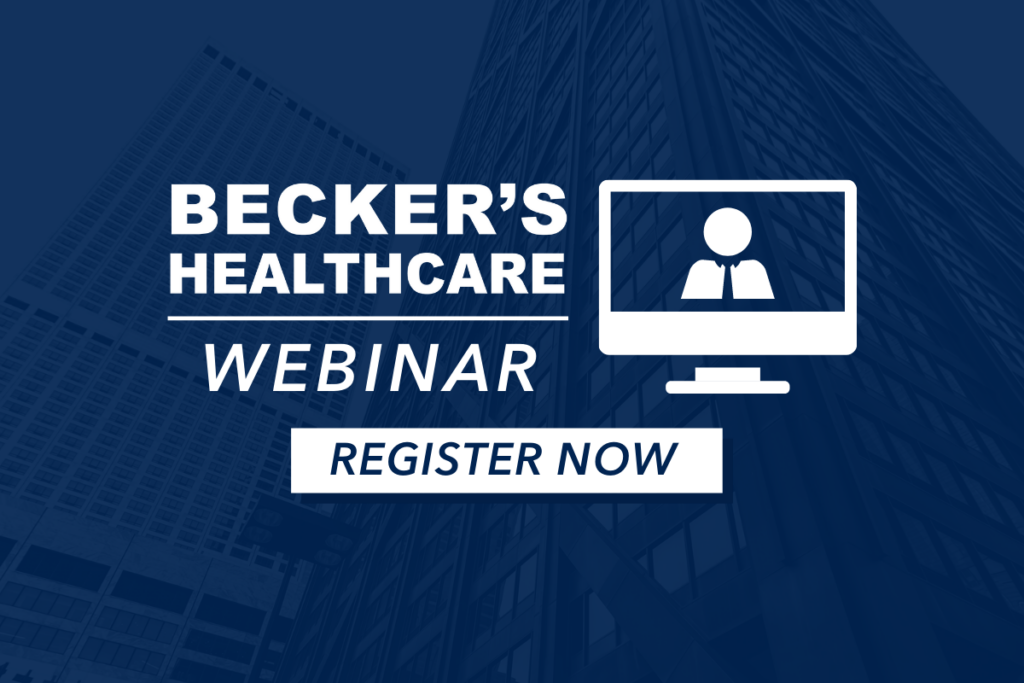Table of Contents
What factors should healthcare organizations consider when implementing technology?
Harnessing Technology in Health Systems for Greater Revenue and Efficiency
Healthcare is an industry that continues to be transformed by technological advancements. From electronic health records to telemedicine and artificial intelligence, technology has revolutionized the way healthcare providers operate, improving patient care and outcomes while also providing opportunities for greater revenue and efficiency. In this article, we’ll explore how healthcare organizations can harness technology to enhance their bottom line and streamline their operations.
Benefits of Harnessing Technology in Health Systems
Improved Patient Care and Outcomes
One of the key benefits of leveraging technology in health systems is the potential for improved patient care and outcomes. Electronic health records (EHR) systems allow for seamless and secure access to patient information, enabling healthcare providers to make more informed decisions and deliver personalized care. Additionally, telemedicine brings healthcare services directly to patients, particularly those in underserved areas, resulting in improved access to care and better outcomes.
Enhanced Revenue Generation
Technology can also play a significant role in increasing revenue for healthcare organizations. By streamlining administrative processes and reducing paperwork, EHR systems can lower operational costs and improve billing efficiency. Additionally, telemedicine services can expand a healthcare organization’s reach, attracting new patients and generating additional revenue streams.
Streamlined Operations and Improved Efficiency
Implementing technology in health systems can lead to streamlined operations and improved efficiency. Automation of routine tasks, such as appointment scheduling and prescription refills, can free up staff time, allowing them to focus on more complex patient care activities. Furthermore, leveraging data analytics and artificial intelligence can optimize resource allocation and improve decision-making, leading to more efficient use of resources and cost savings.
Practical Tips for Implementing Healthcare Technology
When implementing technology in health systems, it’s essential to consider a few key factors to ensure successful integration and adoption.
Invest in the Right Technology
It’s crucial for healthcare organizations to invest in technology that aligns with their unique needs and goals. Whether it’s EHR systems, telemedicine platforms, or AI-powered analytics tools, selecting the right technology solutions can make a significant impact on revenue and efficiency.
Engage and Train Staff
Engaging and training staff on new technology is essential for successful implementation. Healthcare providers should invest in comprehensive training programs to ensure that staff are equipped with the necessary skills to leverage technology effectively.
Ensure Data Security and Compliance
As healthcare organizations embrace technology, it’s important to prioritize data security and compliance. Implementing robust security measures and adhering to industry regulations can help protect patient information and maintain trust with stakeholders.
Case Studies
Several healthcare organizations have successfully harnessed technology to achieve greater revenue and efficiency. For example, XYZ Health System implemented a comprehensive EHR system, resulting in a 20% increase in billing efficiency and a 15% reduction in administrative costs. Similarly, ABC Medical Center implemented telemedicine services, leading to a 30% growth in patient volume and a 25% increase in revenue.
First-Hand Experience
As a healthcare provider, I have personally witnessed the transformative power of technology in improving revenue and efficiency. By implementing an EHR system in our practice, we were able to reduce administrative overhead and improve billing accuracy, leading to a noticeable increase in revenue. Additionally, telemedicine services enabled us to expand our reach to rural communities, resulting in improved patient outcomes and increased revenue streams.
Conclusion
Harnessing technology in health systems can be a game-changer for healthcare organizations, leading to improved patient care, enhanced revenue generation, and streamlined operations. By investing in the right technology, engaging and training staff, and prioritizing data security, healthcare providers can leverage technology to achieve greater revenue and efficiency while delivering high-quality care to patients.
You can watch this webinar at any time that suits you.
Hospitals and health systems nationwide are currently experiencing significant challenges in maintaining financial stability, with recent statistics showing that 50% of these provider organizations are incurring financial losses. In the midst of this challenging economic environment, financial leaders in the healthcare industry need to prioritize strategies that promote growth and reduce costs, with a focus on utilizing technology to improve both revenue and efficiency.
In partnership with Tendo, a company specializing in healthcare technology platforms, applications, analytics, and marketplaces, Becker’s Healthcare conducted a survey of more than 100 healthcare leaders to delve into their investment priorities for the short and long term. The survey predominantly included CFOs, accounting for over 70% of the participants.
This webinar features discussions with industry experts from Tendo, Banner Health in Phoenix, and Northwestern Medicine in Chicago, as they delve into key findings from the survey, including:
